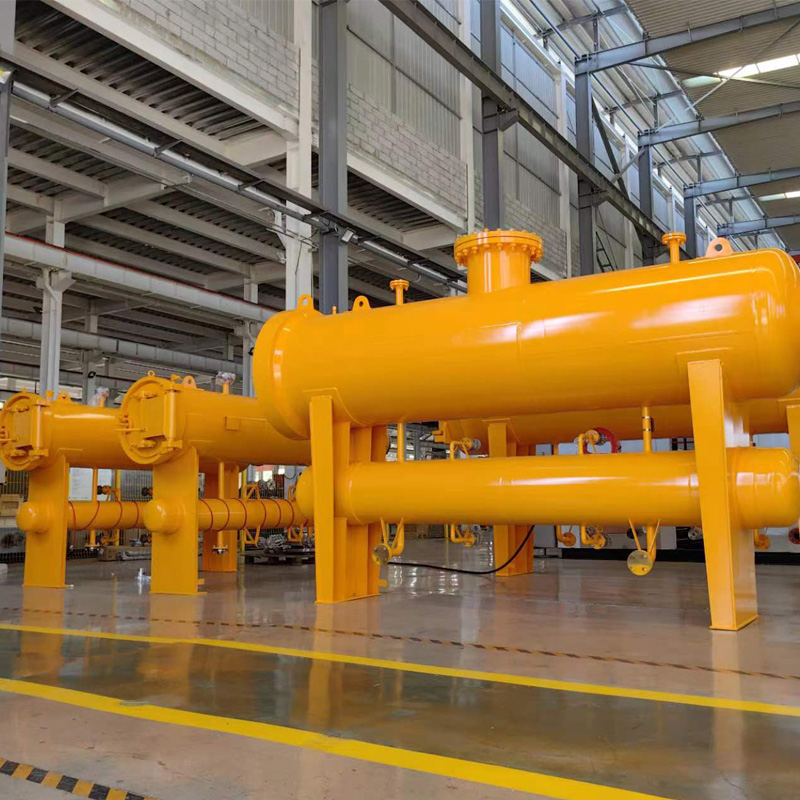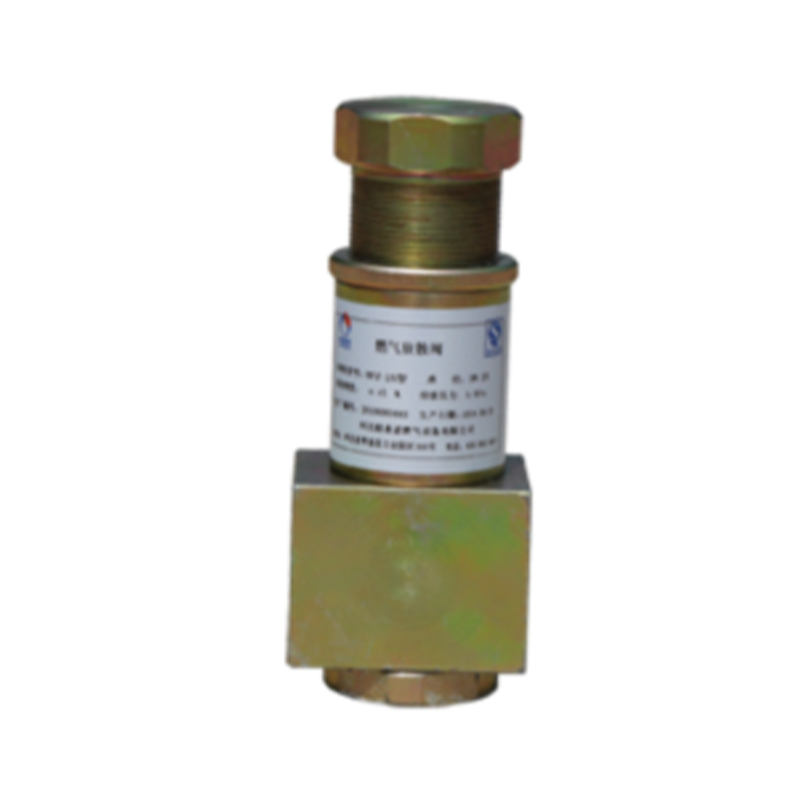
Jan . 28, 2025 00:44
Back to list
safety valve
The safety valve is an indispensable component in various industrial applications, ensuring smooth operation and preventing catastrophic failures. Its role is to provide a controlled outlet for pressure build-up, safeguarding equipment and personnel. Within industries ranging from oil and gas to manufacturing and automotive, understanding the nuances of safety valves could mean the difference between routine maintenance and unexpected disaster.
Understanding the application environment is crucial when integrating safety valves into a system. The operating temperature, pressure range, and the nature of the fluid (liquid, gas, or steam) must all be considered. Experienced engineers emphasize tailoring safety valve specifications to match these parameters, ensuring optimal performance. For instance, in high-temperature environments, using valves fabricated from robust materials like stainless steel can prevent corrosion and wear, extending their operational life. Installation practices also come under scrutiny. Incorrect installation can lead to malfunction or failure, so following best practices is paramount. Safety valves must be installed at the highest point of a pressure vessel, or in a vertical position if attached to pipework, to facilitate easy release of pressure. Proper venting systems must also be ensured to direct the released fluids safely away from personnel and equipment. Despite their robust construction, safety valves require routine checks and maintenance. This involves regular testing, inspection, and recalibration to ensure their responsiveness. Professional technicians often employ a combination of visual inspections and more sophisticated diagnostic tools to assess the valve's functionality and mitigate any issues before they escalate. Summarizing the critical points, safety valves are vital for maintaining operational safety and integrity across industries. Integrating experience from seasoned professionals, adhering to expert guidelines, leveraging authoritative standards, and ensuring the trustworthiness of the components through quality assurance are pivotal to maximizing the benefits of safety valves. As a crucial element in pressure management systems, their role is irreplaceable in safeguarding processes and lives. When considering safety valves for any application, it is essential to partner with reputable manufacturers and service providers. Their expertise and commitment to quality can offer unparalleled peace of mind, ensuring that safety remains a top priority. Embracing this comprehensive approach to safety valve management can transform these components from mere regulatory requirements into strategic assets that enhance operational efficiency and safety.


Understanding the application environment is crucial when integrating safety valves into a system. The operating temperature, pressure range, and the nature of the fluid (liquid, gas, or steam) must all be considered. Experienced engineers emphasize tailoring safety valve specifications to match these parameters, ensuring optimal performance. For instance, in high-temperature environments, using valves fabricated from robust materials like stainless steel can prevent corrosion and wear, extending their operational life. Installation practices also come under scrutiny. Incorrect installation can lead to malfunction or failure, so following best practices is paramount. Safety valves must be installed at the highest point of a pressure vessel, or in a vertical position if attached to pipework, to facilitate easy release of pressure. Proper venting systems must also be ensured to direct the released fluids safely away from personnel and equipment. Despite their robust construction, safety valves require routine checks and maintenance. This involves regular testing, inspection, and recalibration to ensure their responsiveness. Professional technicians often employ a combination of visual inspections and more sophisticated diagnostic tools to assess the valve's functionality and mitigate any issues before they escalate. Summarizing the critical points, safety valves are vital for maintaining operational safety and integrity across industries. Integrating experience from seasoned professionals, adhering to expert guidelines, leveraging authoritative standards, and ensuring the trustworthiness of the components through quality assurance are pivotal to maximizing the benefits of safety valves. As a crucial element in pressure management systems, their role is irreplaceable in safeguarding processes and lives. When considering safety valves for any application, it is essential to partner with reputable manufacturers and service providers. Their expertise and commitment to quality can offer unparalleled peace of mind, ensuring that safety remains a top priority. Embracing this comprehensive approach to safety valve management can transform these components from mere regulatory requirements into strategic assets that enhance operational efficiency and safety.
Latest news
-
Safety Valve Spring-Loaded Design Overpressure ProtectionNewsJul.25,2025
-
Precision Voltage Regulator AC5 Accuracy Grade PerformanceNewsJul.25,2025
-
Natural Gas Pressure Regulating Skid Industrial Pipeline ApplicationsNewsJul.25,2025
-
Natural Gas Filter Stainless Steel Mesh Element DesignNewsJul.25,2025
-
Gas Pressure Regulator Valve Direct-Acting Spring-Loaded DesignNewsJul.25,2025
-
Decompression Equipment Multi-Stage Heat Exchange System DesignNewsJul.25,2025

